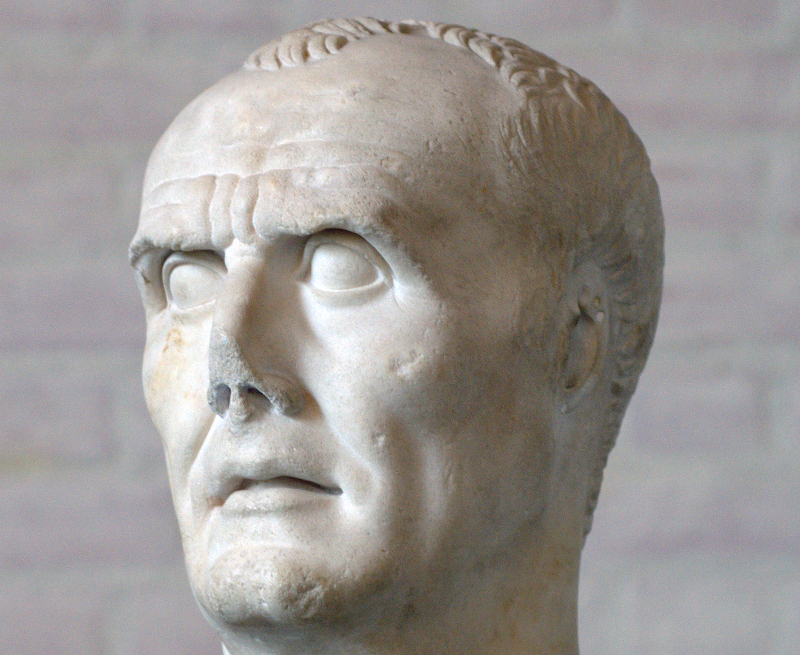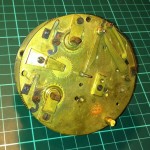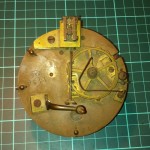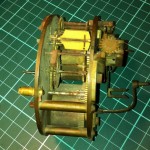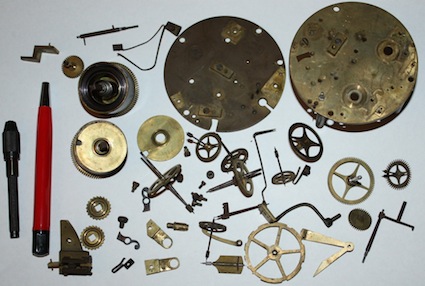The Roman governor of Africa at this time was Sextilius, a man who had received neither good nor ill at the hands of Marius, but whom, as it was expected, pity alone would move to give him aid. Hardly, however, had Marius landed with a few companions, when an official met him, stood directly in front of him, and said: “Sextilius the governor forbids thee, Marius, to set foot in Africa; and if thou disobeyest, he declares that he will uphold the decrees of the senate and treat thee as an enemy of Rome.” When he heard this, Marius was rendered speechless by grief and indignation, and for a long time kept quiet, looking sternly at the official. Then, when asked by him what he had to say, and what answer he would make to the governor, he answered with a deep groan: “Tell him, then, that thou hast seen Caius Marius a fugitive, seated amid the ruins of Carthage.” And it was not inaptly that he compared the fate of that city with his own reversal of fortune.
Plutarch – Life Of Marius
The History Of Gaius Marius
Caius (or Gaius) Marius was a Roman general, politician, colonial governor and eventually Consul. At first glance, and if you are unfamiliar with the history of the Punic Wars, it would not be much of a stretch to assume the subject of the bronze sculpture that sits atop this 1860s French clock, is a great Roman military victory.
The truth is much more poignant. Gaius Marius, after many military victories and a long career in politics, was betrayed by his own officer, Lucius Cornelius Sulla, defeated in a Civil War, declared an enemy of Rome and sentenced to death by the Senate, and fled with a few loyal supporters.
So the moment, suspended in bronze, speaks of despair and defeat. And yet we know that Gaius Marius returned to Rome, defeated his enemies, and was made Consul again. The captured moment tells a tale, not only of this moment of defeat, but of the greatness of the past, and the potentiality of time yet to be.
It is then, perhaps, the perfect subject for a clock.
The Movement
The clock’s movement is an S Marti & Cie, Paris, with the Medaille De Bronze stamp, which some authorities date at 1860 and others 1867. Marti are a well known maker of clocks and movements. With an external count wheel, Brocot escapement and spring suspension, it is of a quality on par with other best makers of the mid 19th century, Roux, Japy Freres and Vincenti, and very much the standard, high quality movement of its era.
Repair
The movement is aged and tarnished, with rust on the steel arbors and pinions. It also had a broken mainspring, was missing the hour wheel and the escapement adjustment rod.
The movement was dismantled. The next step was to clean up the rust on some of the main arbors and pinions by holding the pieces in a chuck or collet, turning them on a lathe and applying abrasive sticks, fine paper, then a polishing stone.
Only the tip of the mainspring was broken, so it was cut to shape, heated to soften the metal, then a new hole was drilled with a Dremmel diamond bit.
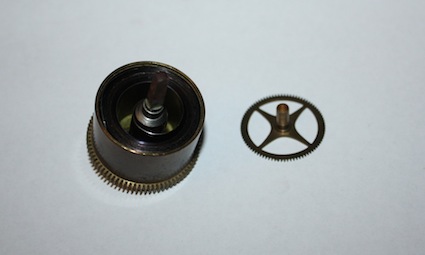 The replacement hour wheel was a little too tight, the center required a little reaming to achieve a satisfactory fit. Next all the cogs and fine pinions will be cleaned with a fibre-glass abrasive brush.
The replacement hour wheel was a little too tight, the center required a little reaming to achieve a satisfactory fit. Next all the cogs and fine pinions will be cleaned with a fibre-glass abrasive brush.
I hope you’re a little intrigued. Do return to see updates on the repair and restoration process, more photos of the clock as it progresses, and more on Rome, Time and the fortunes of General Gaius Marius.
……………………………………………………………………………………………………………………………………………………..
……………………………………………………………………………………………………………………………………………………..

